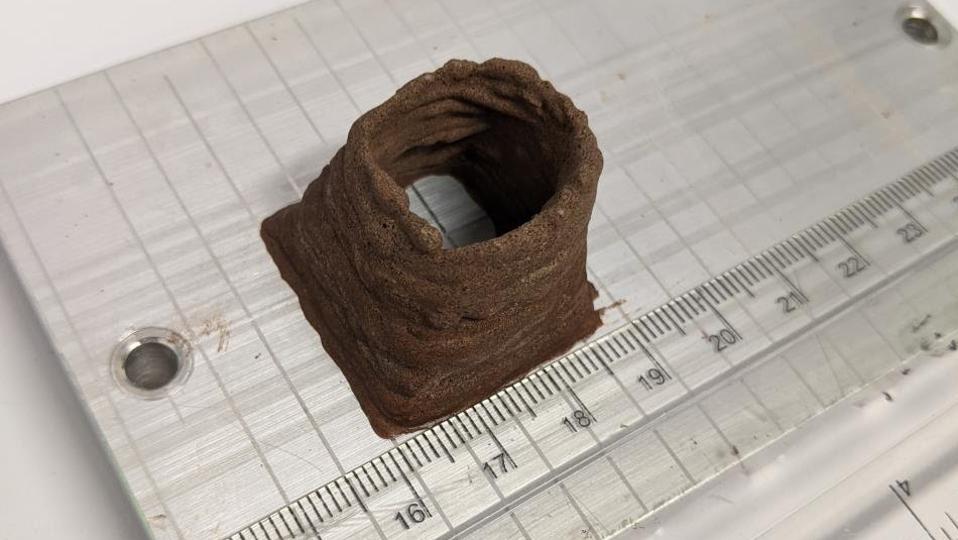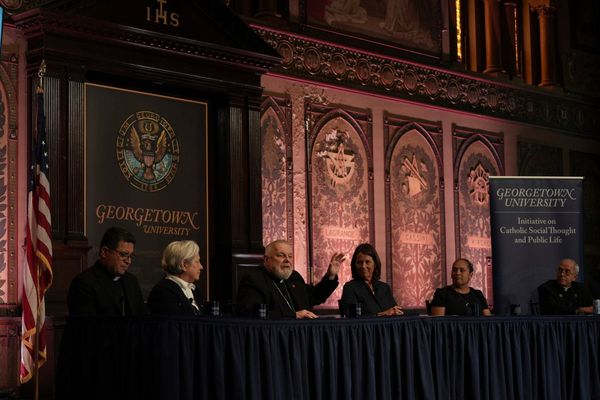
Scientists in the UK have created a super-strong concrete-like material made of extra-terrestrial dust along with the blood, sweat and tears of astronauts.
Their study, published today in the journal Materials Today Bio, could improve the prospects for constructing bases and even colonies on the Moon and Mars. The cost of taking a single brick to Mars is estimated at about US$2 million.
Likely unable to take raw materials with them, future astronauts and colonists will need to use in-situ resources, such as loose rock and Martian regolith (soil) and some water deposits.
However, scientists have demonstrated that a forgotten resource—the astronauts themselves—could be decisive. They discovered that human serum albumin, a common protein from blood plasma, can “curdle” to tightly hold regolith together, producing a concrete-like material they call “AstroCrete.”
It’s about as strong as regular concrete, but the team went one better. By adding urea—a compound found in urine, sweat and tears—the strength of AstroCrete was increased by over 300%.
The only trouble is ... it’s brown:

His teams calculations suggest that six astronauts could produce about 500 kg of high-strength AstroCrete during a two-year mission to Mars.
Moreover, if this AstroCrete was used as a mortar for sandbags it’s reckoned that each crew member could produce enough to expand the habitat to support an additional crew member. Animal blood was historically used as a binder for mortar.
That would effectively doubling the shelter available for astronauts with each successive mission.
“Scientists have been trying to develop viable technologies to produce concrete-like materials on the surface of Mars, but we never stopped to think that the answer might be inside us all along”, said Dr. Aled Roberts from The University of Manchester. “It is exciting that a major challenge of the space age may have found its solution based on inspirations from medieval technology.”
Wishing you clear skies and wide eyes.







